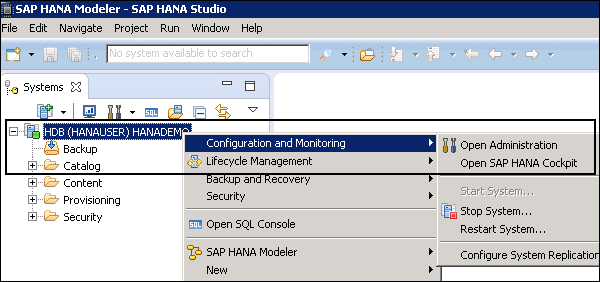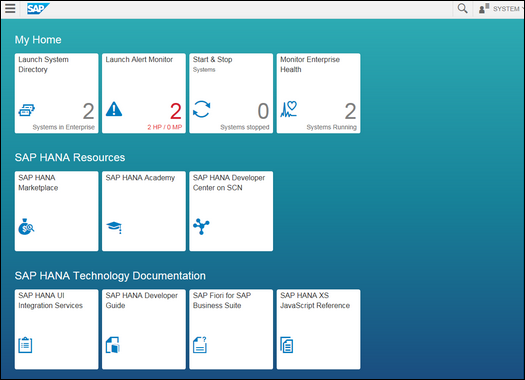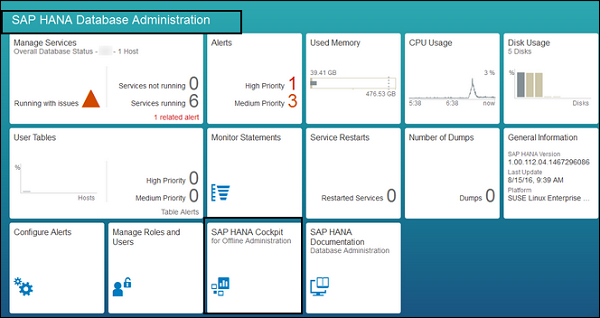SAP FI Certification Sample Questions and Answers Set
I have come across an interesting site on the website that was very useful in prepping SAP consultants getting ready with Mock exam preps for most of the certification courses. The site is ERPPREP
The SAP FI Certification Sample Question Set is designed to familiarise you with the SAP C TFIN52 67 exam format and pattern. Try our Sample SAP FI Certification Practice Exam to familiarise yourself with more exam properties.
This SAP FICO Certification Practice Exam is solely meant to be used for testing purposes. If you plan to take the SAP Financial Accounting Certification Exam (C TFIN52 67) and want to put your SAP FI subject knowledge to the test to see where you need to improve, we strongly advise you to start with our Premium SAP FI Certification Practice Exam.
SAP FI Sample Questions:
01. Which line item field is filled automatically by the sort key field of a master record (G/L account, customer, or vendor)?
Please choose the correct answer
a) Item text
b) Assignment
c) Amount in document currency
d) Number of the invoice to which the transaction belongs
Please choose the correct answer
a) Item text
b) Assignment
c) Amount in document currency
d) Number of the invoice to which the transaction belongs
02. Which two data sections are part of every asset?
There are 2 correct answers to this question
a) Account determination data section
b) Depreciation data section
c) Master data section
d) Valuation area data section
There are 2 correct answers to this question
a) Account determination data section
b) Depreciation data section
c) Master data section
d) Valuation area data section
03. Which options are available to define the number range of a document?
There are 2 correct answers to this questions.
a) Ledger group specific
b) For every fiscal year variant
c) For every fiscal year
d) Continuous
There are 2 correct answers to this questions.
a) Ledger group specific
b) For every fiscal year variant
c) For every fiscal year
d) Continuous
04. What is the purpose of account determination in the accrual engine?
There are 2 correct answers to this question.
a) To determine the CO object.
b) To determine the correct posting period.
c) To determine debit and credit accounts.
d) To determine the document type.
There are 2 correct answers to this question.
a) To determine the CO object.
b) To determine the correct posting period.
c) To determine debit and credit accounts.
d) To determine the document type.
05. For which scenario can you use the cash journal?
Please choose the correct answer.
a) To manage cash in local branches and offices.
b) To make remittances to vendors.
c) To post incoming and outgoing payments in any transaction currency
d) To record documents that will not be included in the general ledger.
Please choose the correct answer.
a) To manage cash in local branches and offices.
b) To make remittances to vendors.
c) To post incoming and outgoing payments in any transaction currency
d) To record documents that will not be included in the general ledger.
06. What are the prerequisites for setting up cross-company cost accounting?
There are 2 correct answers to this question.
a) The same fiscal year is used for all company codes.
b) The same variant for open periods is used for all company codes.
c) The same chart of accounts is used for all company codes.
d) The same currency is used for all company codes.
There are 2 correct answers to this question.
a) The same fiscal year is used for all company codes.
b) The same variant for open periods is used for all company codes.
c) The same chart of accounts is used for all company codes.
d) The same currency is used for all company codes.
07. Which entries can you define when maintaining a G/ L account?
There are 3 correct answers to this question.
a) Ledger assignment
b) Profit center
c) Field status group
d) Account group
e) Open item management
There are 3 correct answers to this question.
a) Ledger assignment
b) Profit center
c) Field status group
d) Account group
e) Open item management
08. Which Customizing settings can you make for payment terms?
There are 3 correct answers to this question.
a) Determine a default payment method for the line item
b) Determine whether a payment term is valid only for the vendor, only for the customer, or for both customer and vendor
c) Determine a default currency code for the header of the accounting document
d) Determine that invoices are locked for dunning
e) Determine that invoices are locked for payment
There are 3 correct answers to this question.
a) Determine a default payment method for the line item
b) Determine whether a payment term is valid only for the vendor, only for the customer, or for both customer and vendor
c) Determine a default currency code for the header of the accounting document
d) Determine that invoices are locked for dunning
e) Determine that invoices are locked for payment
09. To which of the following does an asset class apply?
Please choose the correct answer.
a) To all company codes in a controlling area
b) To all company codes in an instance (client-independent)
c) To all company codes in a client
d) To all company codes within a client, which share the same chart of accounts
Please choose the correct answer.
a) To all company codes in a controlling area
b) To all company codes in an instance (client-independent)
c) To all company codes in a client
d) To all company codes within a client, which share the same chart of accounts
10. Which of the following are interactive functions available in the SAP List Viewer?
There are 3 correct answers to this question.
a) Dual control.
b) Sorting.
c) Master data modification.
d) Summation.
e) Filters.
There are 3 correct answers to this question.
a) Dual control.
b) Sorting.
c) Master data modification.
d) Summation.
e) Filters.
Quick Tips:
- SAP provides a note "There are 'N' correct answers to this question." in actual SAP FICO Certification Exam.
- SAP does not ask "True or False" type questions in actual SAP C_TFIN52_67 Exam.
- SAP provides an option to Increase (+) or Decrease (-) font size of exam screen for better readability in actual SAP Financial Accounting Certification Exam.
Solutions:
| QUESTION: 01 Answer: b | QUESTION: 02 Answer: b, c | QUESTION: 03 Answer: c, d | QUESTION: 04 Answer: c, d | QUESTION: 05 Answer: a |
| QUESTION: 06 Answer: a, c | QUESTION: 07 Answer: c, d, e | QUESTION: 08 Answer: a, b, e | QUESTION: 09 Answer: c | QUESTION: 10 Answer: b, d, e |











